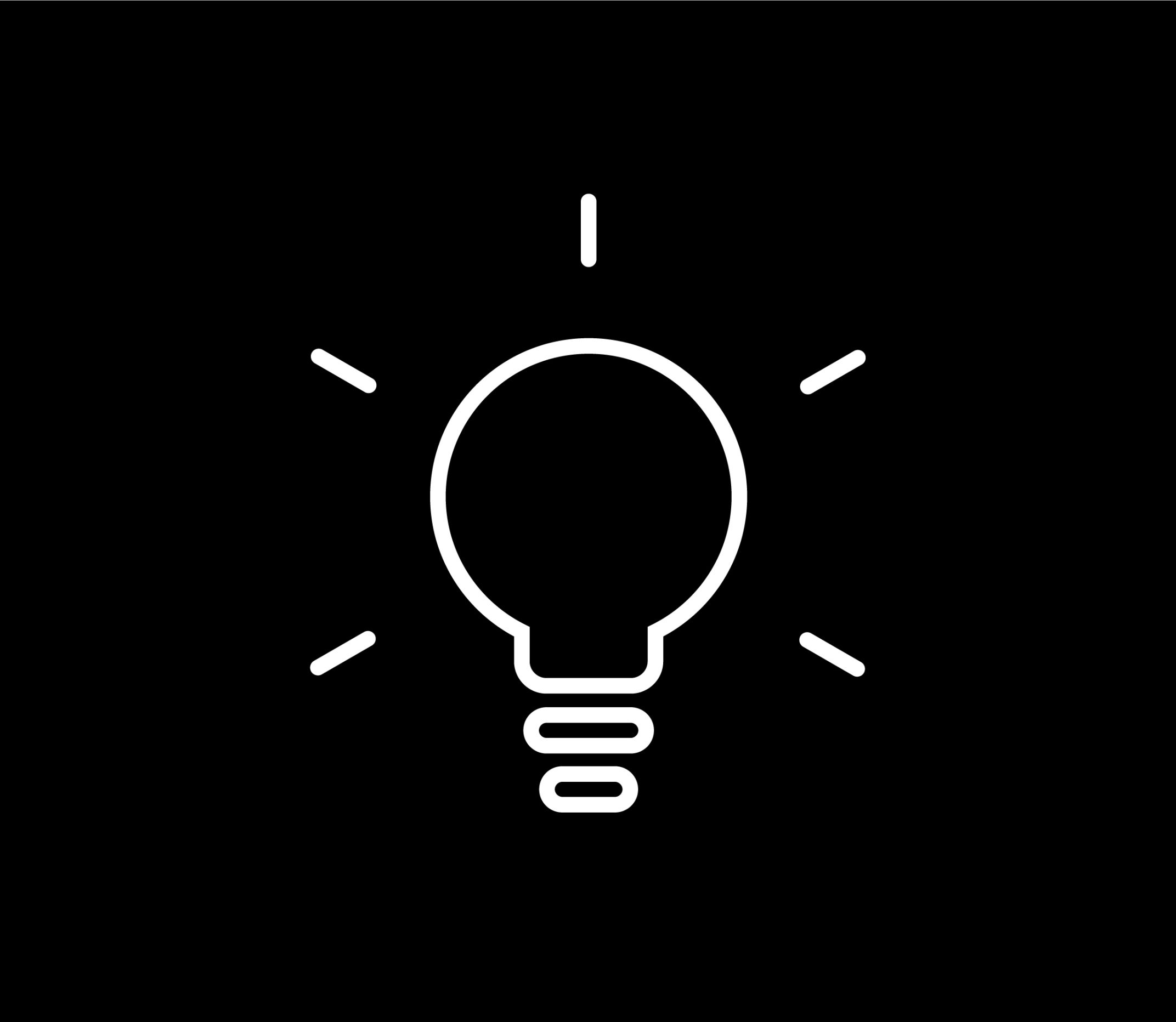The importance of having a design process

It might be strange to think of design having a process but implementing a structure elevates the quality of work produced, promotes an efficient workflow, and encourages collaboration within the team and with clients.
At JUMP, we have built up our own tried and tested process to follow which allows us to communicate and design effectively making it more likely everyone will be happier with the outcome.
What is a design process?
It’s a set of steps which are used to break down how we work and guide what we do. They can also help set expectations and clear up any uncertainty a client may have by introducing the logic and reason behind each decision.
The JUMP approach
1. Research and development
All stages of the process are important, but the first stage is key to forming a considered design. Understanding the scope and brief is the first step. Some clients like to provide a written brief, some like to provide one verbally and some do both. However, the brief is delivered it’s a great place to start asking questions and make sure a project is fully understood, asking questions here might also flag points which the client hasn’t thought of yet.
The next part is to spend time researching the sector and defining who the audience is going to be. Research can be gathered from physical resources, walking around town, or scouring the internet. Whichever approach is taken the more research done here, the more informed the concept and design work will be later.
2. Ideas
It’s time to connect the dots and consider the research gathered in the first stage. This foundation work should highlight common points and themes which can be used to reinforce the concepts. There should be a lot of idea generation in this phase, let the mind wander and sketch or illustrate as many concepts as possible.
These ideas can be cut down or developed throughout this stage, but it helps to get every potential route onto paper and then screen so nothing is missed. Once you have a range of concepts to review its time to share with the client and discuss possible avenues or further development.
3. Design
At this stage the conceptualisation has been completed and all the foundation work should have come through when presenting the concepts.
It’s time to take the chosen solution and refine the design. It’s important to take note of any comments from the client and ultimately work with them to produce an outcome all are satisfied with. Once the design is finalised, creative assets can be produced and the design can be rolled out.
Takeaway
I think the process is a great piece for sharing with a client because it introduces logic to a workflow which is typically far removed from other industries and helps clarify where you are in a project.
From a design point of view, the structure and rationale it helps promote when working through a project leads to concepts and designs which can always be thoroughly explained. Leading to stronger and future-proofed designs everyone can rally behind.